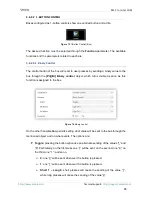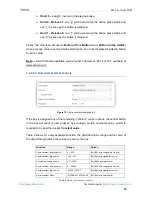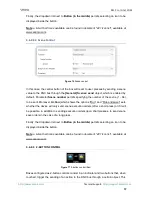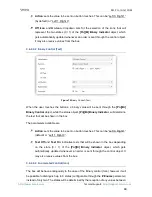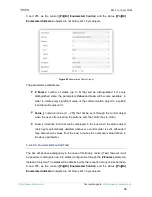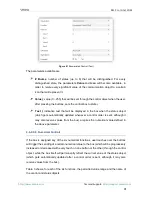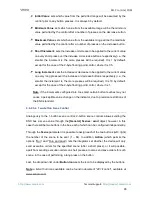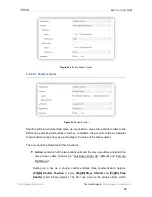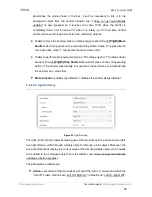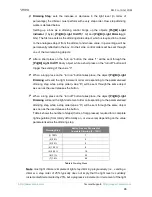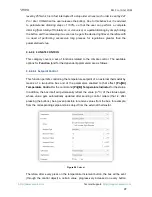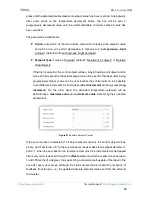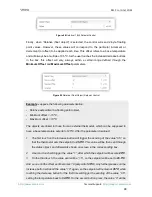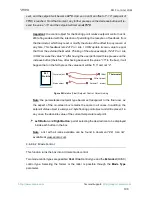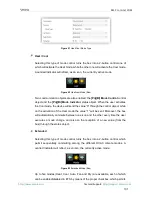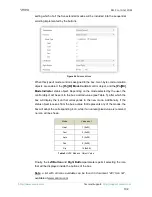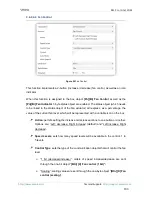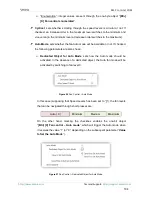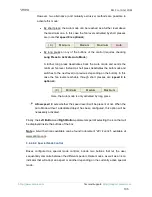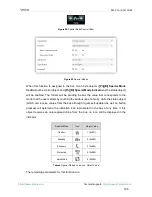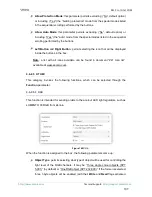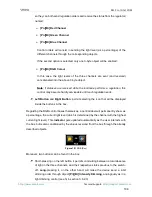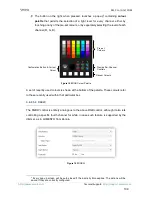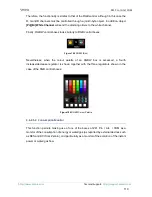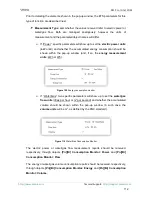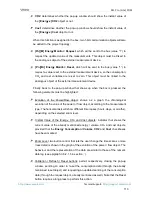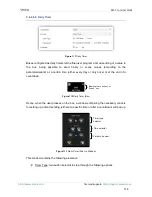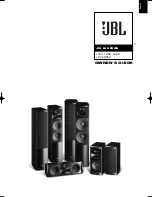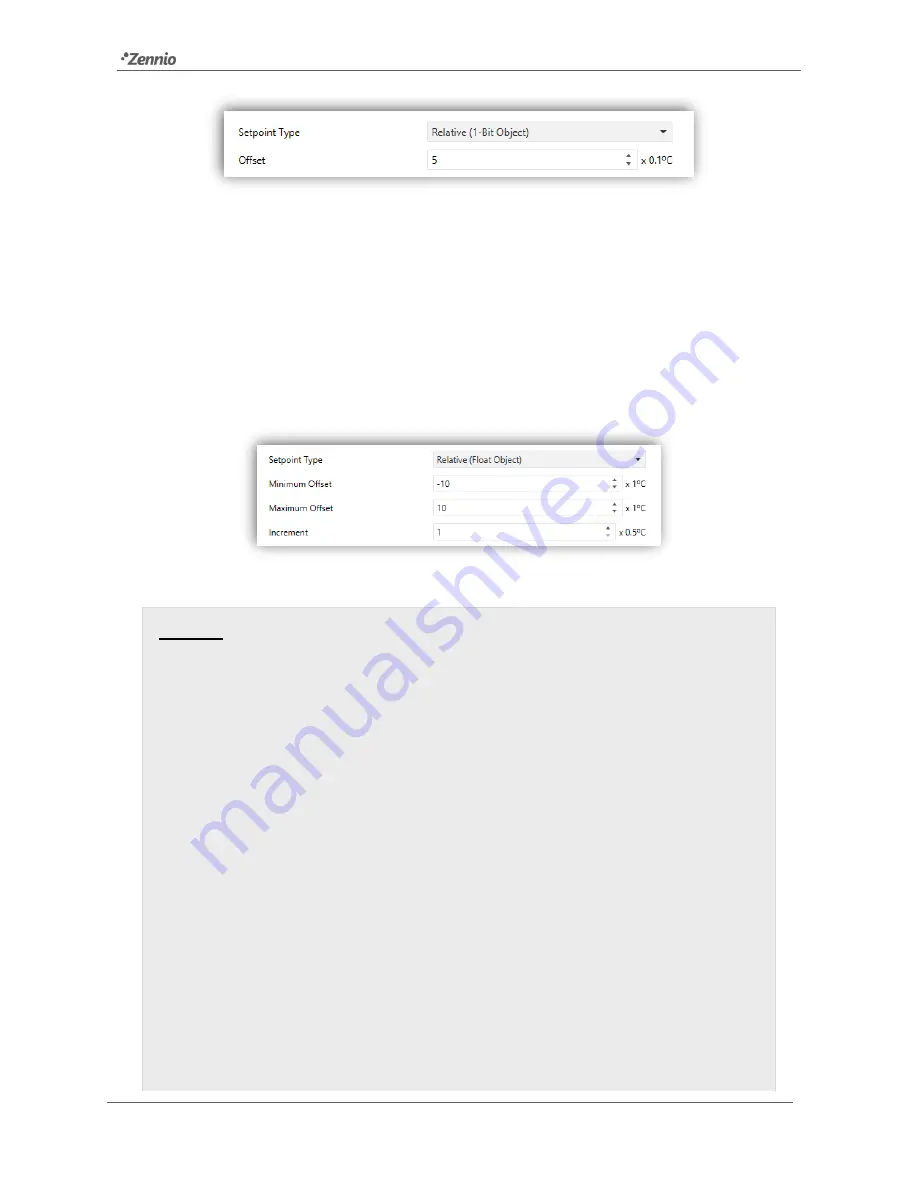
Z41 Pro / Lite / COM
http://www.zennio.com
Tecnical Support:
http://support.zennio.com
99
Figure 88
Relative (1 Bit) Setpoint Control
Finally, when “Relative (float object)” is selected, the control will send 2-byte floating
point values. However, these values will correspond to the particular increment or
decrement (or offset) to be applied each time. This offset refers to a base temperature
and will always be a multiple of 0.5ºC. As the user touches the increase/decrease buttons
in the box, this offset will vary, always within a certain range defined through the
Minimum Offset
and
Maximum Offset
parameters.
Figure 89
Relative (Float Object) Setpoint Control
Example: suppose the following parameterisation:
-
Relative setpoint with a floating point object,
-
Minimum offset = -10ºC,
-
Maximum offset = 10ºC.
The objects are linked to those from an external thermostat, which can be supposed to
have a base temperature setpoint of 25ºC. After the parameter download:
1. The first touch on the increase button will trigger the se
nding of the value “0.5”, so
that the thermostat sets the setpoint to 25.5ºC. This value will be then sent through
the status object, and afterwards shown on screen in the corresponding box.
2. A second touch will trigger the value
“1”, after which the setpoint will become 26ºC.
3. On the third touch, the value sent
will be “1.5”, so the setpoint will be set to 26.5ºC.
And so on until the offset sent becomes 10 (setpoint of 35ºC). Any further presses on the
increase button will send the value “10” again, so the setpoint will remain at 35ºC, while
touching the decrease button for the first time will trigger the sending of the value “9.5”,
setting the temperature back to 34.5ºC. On
the second button press, the value “9” will be

